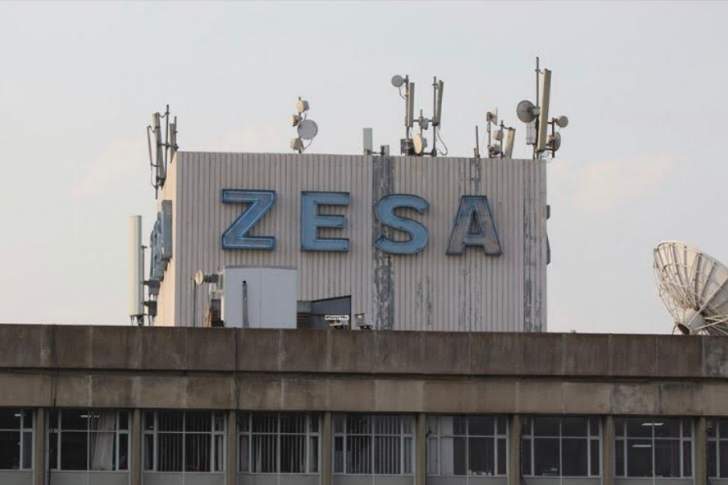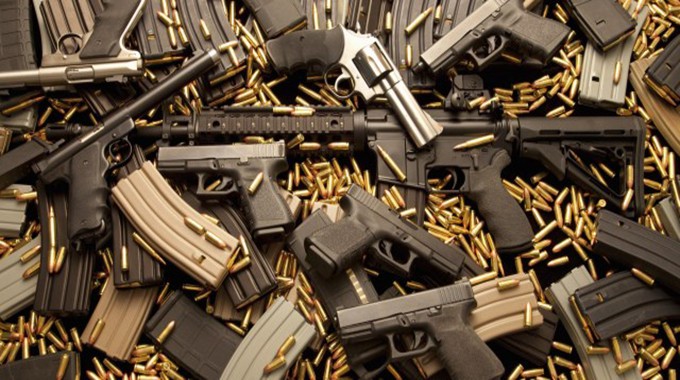ZESA Holdings subsidiary, Zimbabwe Electricity Transmission and Distribution Company (ZETDC), says it is generating 951 megawatts (MW) of electricity against a national peak demand of 2 200MW.
The power shortage has resulted in the country experiencing electricity blackouts of up to 18 hours per day in some areas.
Despite the successful synchronisation of Hwange Unit 7 into the national grid, ZETDC call centre supervisor Milton Zata said they were still facing challenges.
NewsDay quotes Zata as saying:
“Unfortunately, we have national grid challenges, resulting in these long outages.”
This comes amid reports that traditional power suppliers – South Africa and Mozambique – recently stopped exporting electricity to Zimbabwe due to arrears.
The blackouts are seriously affecting businesses and industries countrywide.
With Hwange Unit 7 appearing to struggle to feed the envisaged 300MW into the national grid following its upgrade, the power crisis is set to persist as Hwange’s Unit 8 is only expected to go live in October with another 300MW.
The Zimbabwe Power Company (ZPC), a ZESA subsidiary, announced Tuesday that the southern African nation was generating 951 MW of electricity at three power stations as shown below:
Munyati ……………………………………. 16MW
Bulawayo ……………………………………. 0MW
Harare ……………………………………….. 0MW
Kariba …………………………………………. 350MW
Hwange ……………………………………… 585MW
TOTAL …………………………………………. 951MW
Zimbabwe is experiencing a power crisis due to a lack of investment and outdated equipment. This has resulted in frequent power outages and reduced production in industries, leading to job losses and decreased revenue.
Small businesses, hospitals, schools, and water treatment plants have also been affected.
The power crisis has also led to an increase in illegal electricity connections and theft, which is dangerous and contributes to revenue losses.
Resolving the crisis will require significant investment and policy changes in the power sector.
Newsday














